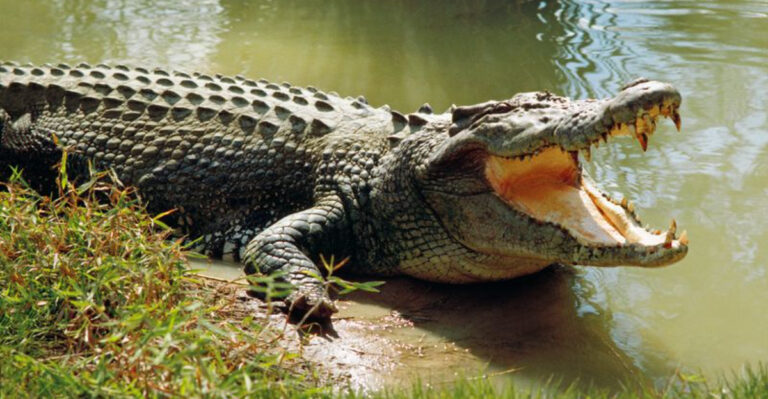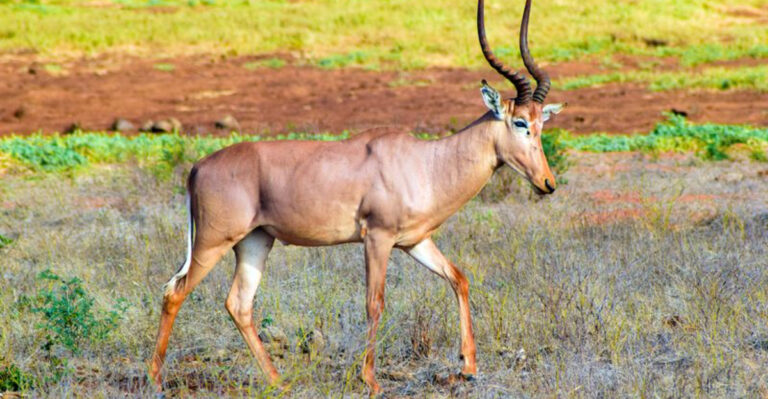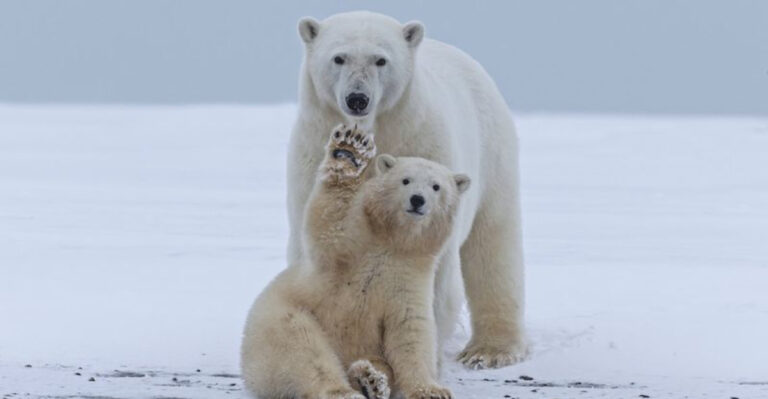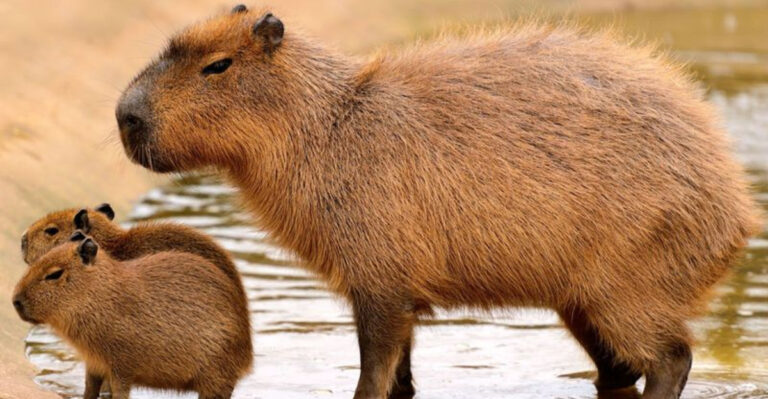16 Little-Known Facts About The Endangered Amur Leopard
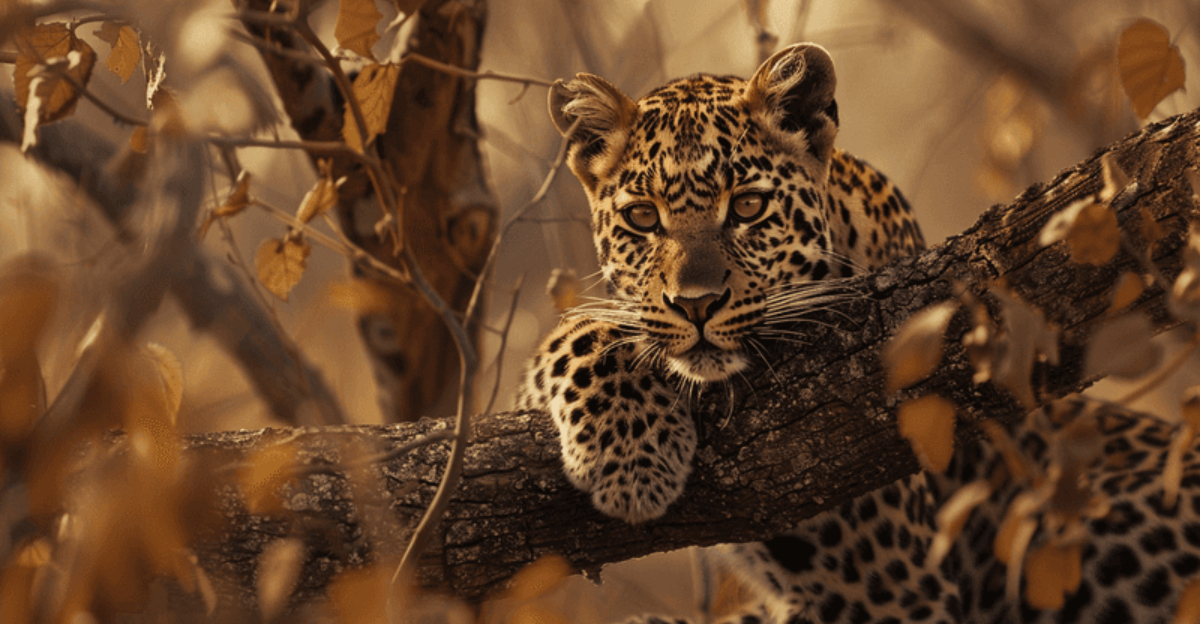
Discover the enchanting mysteries of the Amur Leopard, a creature so rare and beautiful that it almost seems mythical.
With fewer than 100 individuals left in the wild, these leopards are teetering on the brink of extinction, yet their resilience and grace continue to inspire hope. So let’s learn a bit more about them, shall we?
1. The Rarest Of All
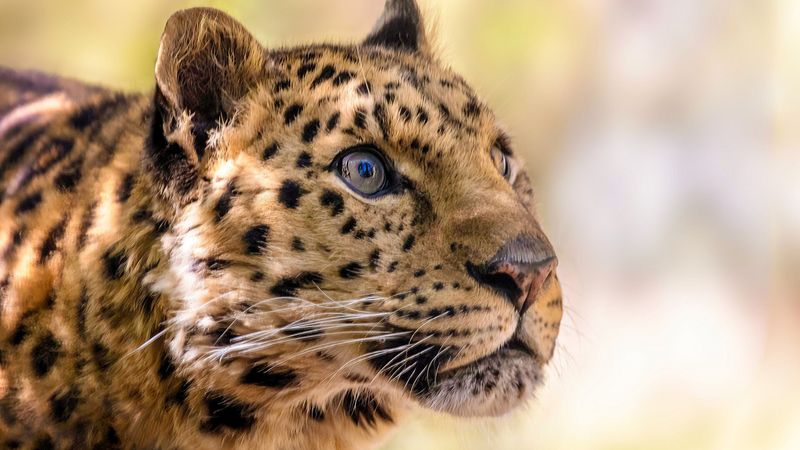
The Amur Leopard holds the title of being the rarest big cat on Earth. Living primarily in the harsh terrains of the Russian Far East, these elusive creatures have adapted to survive in the cold, unforgiving climate. Their thick, luxurious coats are not only a testament to their beauty but also a vital adaptation for warmth.
The population of these magnificent cats has dwindled to a perilous low, with estimates suggesting fewer than 100 individuals remaining in the wild. This staggering rarity adds an air of mystery and allure to the Amur Leopard, making every sighting a precious encounter.
Conservation efforts are underway, yet the battle to save this species is far from over. The survival of the Amur Leopard hangs in the balance, and with it, a critical piece of the world’s biodiversity. Join the fight to protect these incredible creatures before it’s too late.
2. A Master Of Camouflage
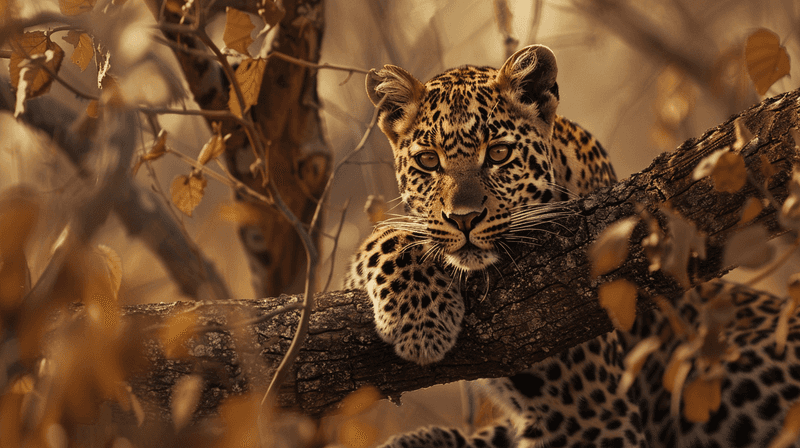
With a coat that mimics the dappled sunlight filtering through the forest canopy, the Amur Leopard is a master of disguise. The rosettes on their fur are not just for show; they serve as perfect camouflage in their forested habitat.
These stealthy predators can move through their environment undetected, stalking prey with unmatched precision. Their ability to blend seamlessly into their surroundings is a testament to millions of years of evolution.
This natural camouflage doesn’t just aid in hunting; it’s crucial for avoiding threats, including poachers and other predators. The Amur Leopard’s survival depends heavily on this incredible trait, allowing them to thrive in a world where danger lurks around every corner.
3. Nighttime Hunter
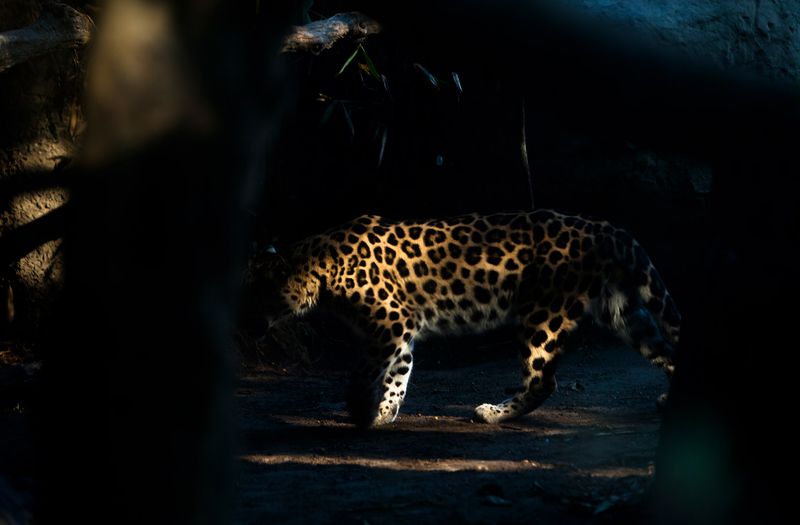
The Amur Leopard is a nocturnal hunter, prowling the woods under the cover of darkness. With eyesight six times more sensitive than humans, they excel in the art of the night hunt.
Under the moonlit sky, these leopards move silently, their eyes glowing with an almost mythical luminescence. Their prey never sees them coming, making them one of the most efficient hunters in their habitat.
This nocturnal lifestyle not only gives them an edge in hunting but also helps them avoid human interactions, which can be detrimental. The night is their domain, a realm where they reign supreme, navigating the shadows with skill and grace.
4. Incredible Leapers
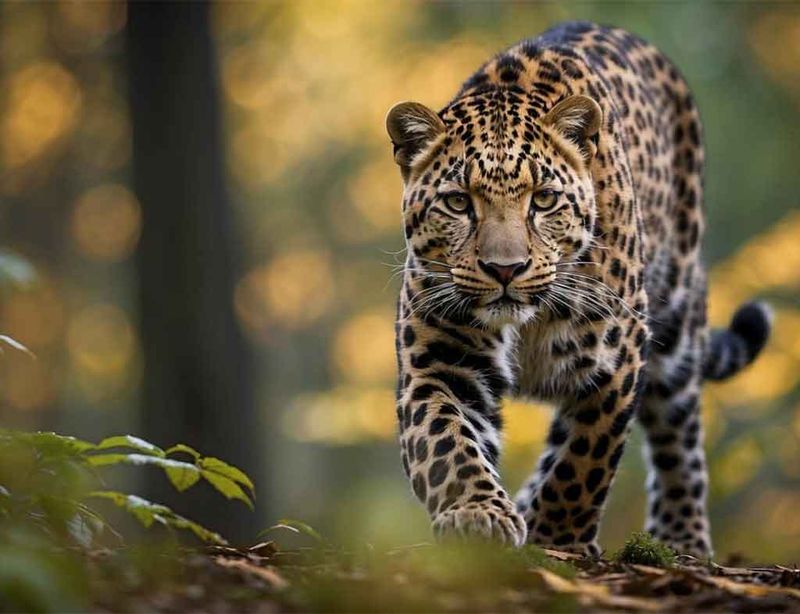
Amur Leopards are phenomenal athletes, capable of leaping over 10 feet in a single bound. This extraordinary agility is key to their success as predators, allowing them to swiftly close in on prey or escape danger.
Their powerful hind legs are perfectly adapted for these remarkable leaps, enabling them to navigate the rugged, uneven terrain of their natural habitat with ease. These leapers don’t just run; they fly across the land, making them formidable hunters.
Such agility is not just for show; it’s a vital survival skill in the wild. Whether chasing prey or dodging threats, their jumping prowess is a crucial component of their natural arsenal.
5. Solitary Spirits
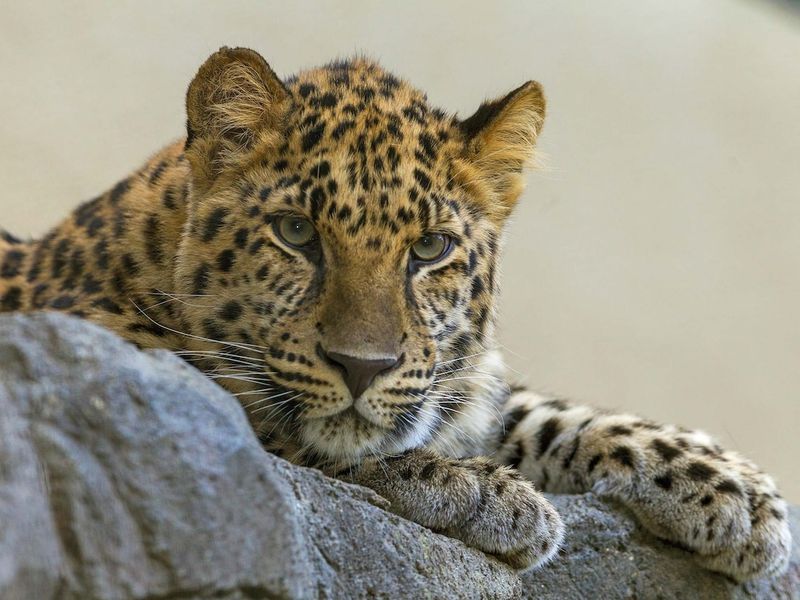
Amur Leopards are solitary creatures, preferring the company of their own thoughts to the constant chatter of a pride. This independence is a survival strategy, ensuring they don’t have to share limited resources.
Living alone sharpens their instincts and hones their survival skills. They are masters of their domain, each one ruling their territory with quiet confidence and strength.
This solitary nature allows them to control their environment better, choose their hunting grounds, and ensure their own survival. Though they walk alone, their presence in the wilderness is a testament to their resilience and adaptability.
6. Impressive Territory Range
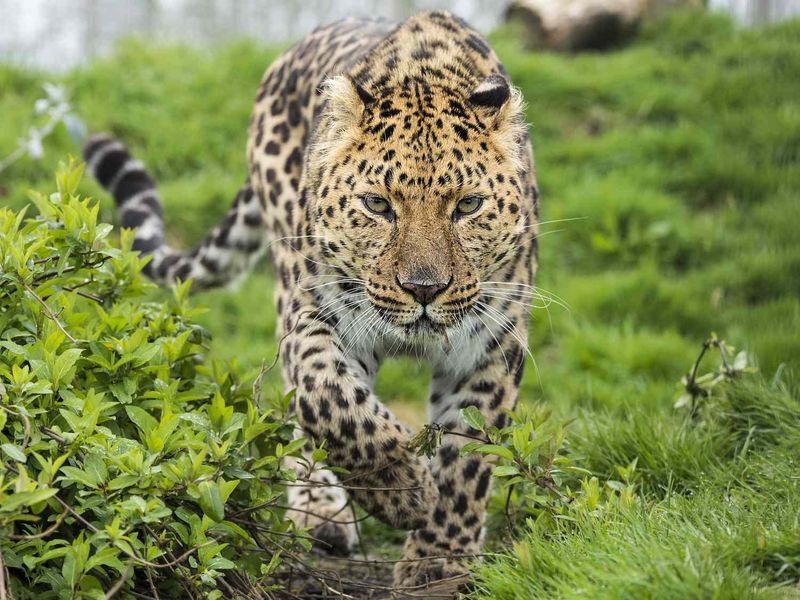
An Amur Leopard’s territory can span over 75 square miles, a testament to their adaptability and need for space. This vast range is necessary to find enough food and reduce competition with other leopards.
In the dense forests of the Russian Far East, these territories are marked by scent markings and trees, with each cat maintaining a keen awareness of intruders. Their ability to traverse such expansive areas showcases their strength and endurance.
This extensive territory not only supports their solitary lifestyle but also underscores the importance of conserving large, contiguous habitats. Protecting these lands is essential for the survival of this magnificent species, allowing them to roam free and thrive.
7. Unique Coat Patterns
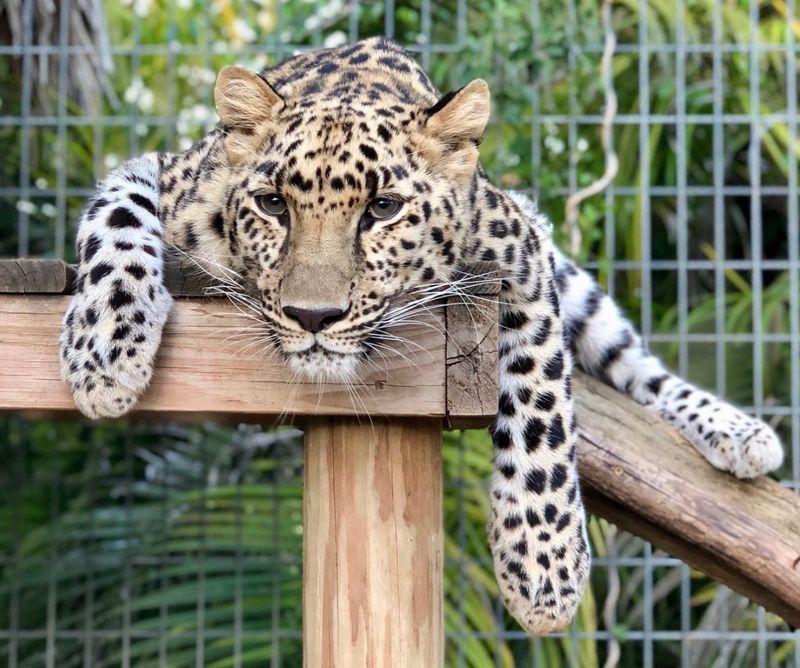
Every Amur Leopard sports a unique coat pattern, much like a fingerprint. These individual patterns not only add to their allure but also aid researchers in identifying and tracking each leopard in the wild.
Their rosettes are larger and more widely spaced than those of other leopard species, perfectly suited for their forested habitat. This distinct patterning is more than just beautiful; it serves as a crucial tool in conservation efforts.
Researchers use these patterns to monitor populations and study these cats’ behavior. Each coat tells a story, a narrative of survival and adaptation in one of the harshest environments on Earth.
8. Diverse Diet
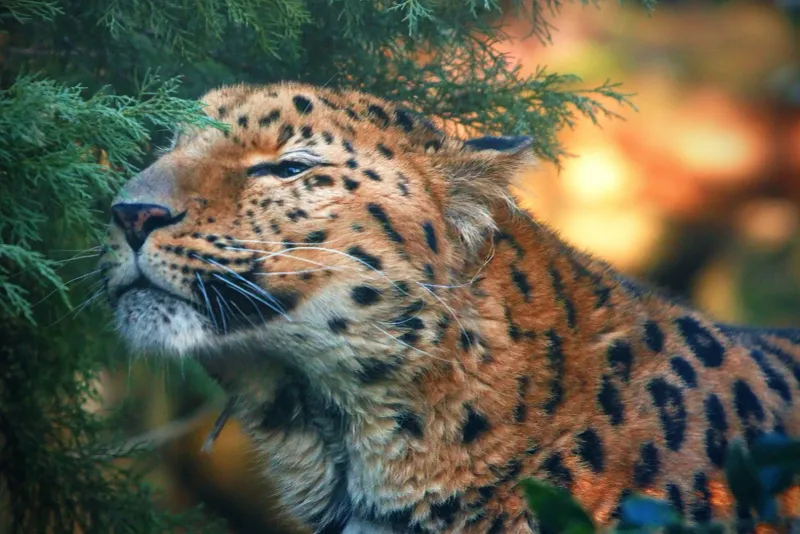
Amur Leopards have a varied diet, feeding on deer, hares, and even small birds. This diverse palate reflects their adaptability and resourcefulness in a challenging environment.
They are opportunistic hunters, capable of taking down prey much larger than themselves. This dietary flexibility is key to their survival, allowing them to thrive where food can be scarce.
Their hunting prowess and varied diet highlight their role as apex predators, maintaining the delicate balance of their ecosystem. This versatility ensures they can survive in the wild, even as their habitat faces threats from human encroachment.
9. Regal Lineage
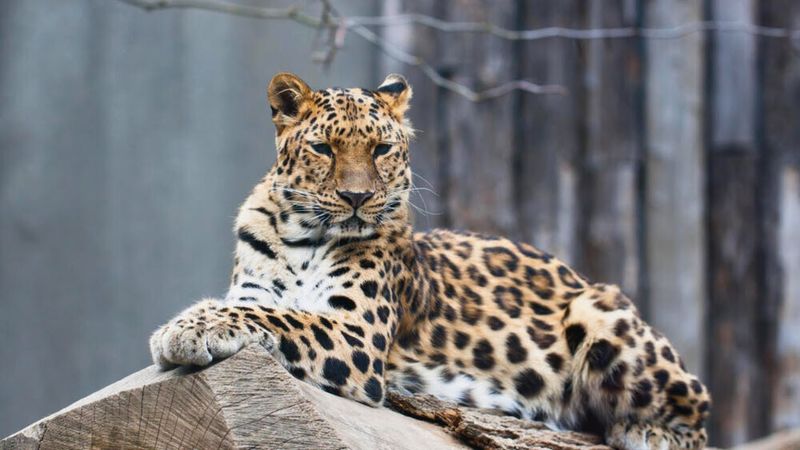
The Amur Leopard descends from a regal lineage, once rulers of the vast forests of Asia. Their genetic makeup carries the legacy of centuries of survival and adaptation to one of the harshest climates on Earth.
Every Amur Leopard is a living testament to this majestic heritage, their existence a nod to the noble lineage that defines their species. This lineage is not just a matter of pride; it’s a crucial aspect of their identity and survival.
Preserving this lineage means protecting a vital link in the chain of biodiversity, ensuring future generations can witness the splendor of these extraordinary cats. Their survival is intertwined with their past, a dance between history and hope.
10. Endurance And Resilience
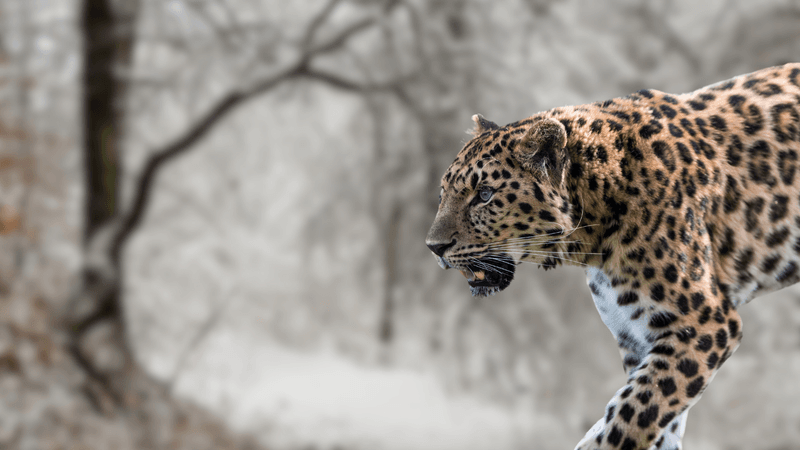
Amur Leopards are symbols of endurance and resilience, surviving against all odds in a world that often seems against them. Their ability to thrive in sub-zero temperatures is a testament to their strength and adaptability.
Despite the numerous challenges they face, including habitat loss and poaching, these leopards continue to persist. Their resilience is a beacon of hope, inspiring conservationists to fight for their survival.
This spirit of endurance is not just about survival; it’s about thriving against adversity. Their story is one of courage and determination, a reminder of nature’s incredible ability to adapt and endure.
11. Mothers Of The Wild
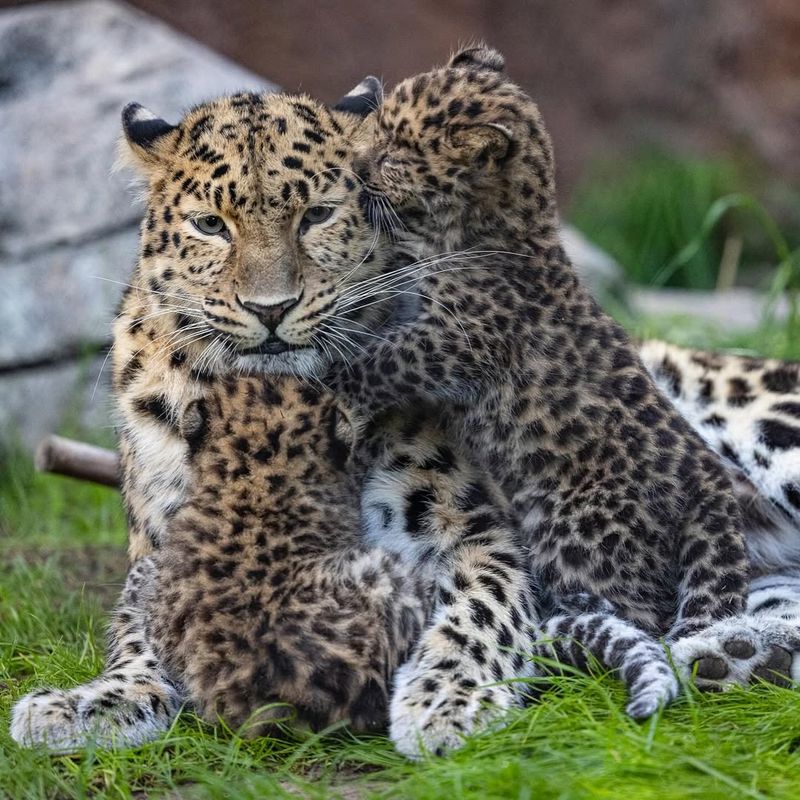
Female Amur Leopards are devoted mothers, raising their cubs in the hidden safety of their forest home. These mothers invest significant time and energy, teaching their cubs the skills needed to survive.
From the moment they are born, these cubs are nurtured with fierce love and protection. The mother’s dedication is unwavering, ensuring that her offspring are prepared for the challenges of the wild.
This maternal bond is crucial for the continuation of the species. It’s a testament to the strength and compassion of these incredible creatures, highlighting the importance of every individual in the fight for survival.
12. Rare Genetic Beauty
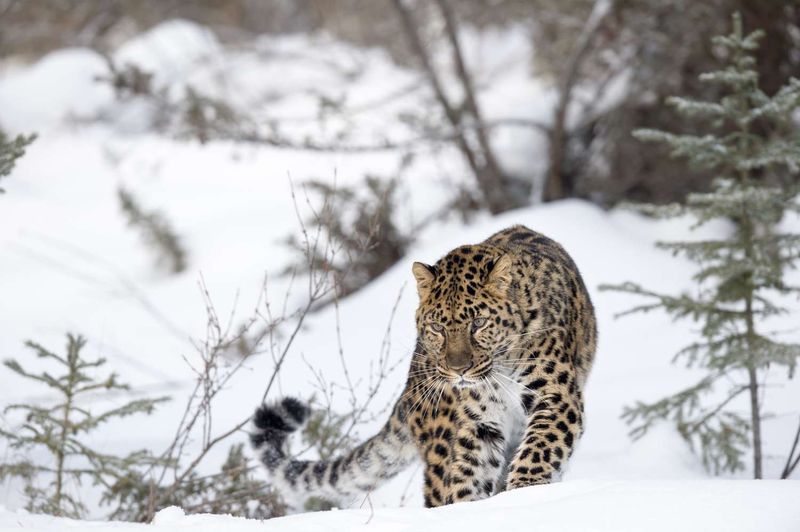
The Amur Leopard’s genetic makeup is a treasure trove of diversity, vital for the survival of the species. This genetic richness is a result of millennia of evolution, fostering traits that enable them to thrive in their environment.
Despite their perilously low numbers, these leopards maintain a surprisingly diverse gene pool. This genetic beauty is a beacon of hope for conservationists, offering a foundation upon which to rebuild the population.
Protecting this genetic diversity is crucial, not only for the Amur Leopard but for maintaining the biodiversity of the ecosystem they inhabit. Every gene carries the promise of survival, a legacy of resilience and adaptability.
13. The Silent Roar
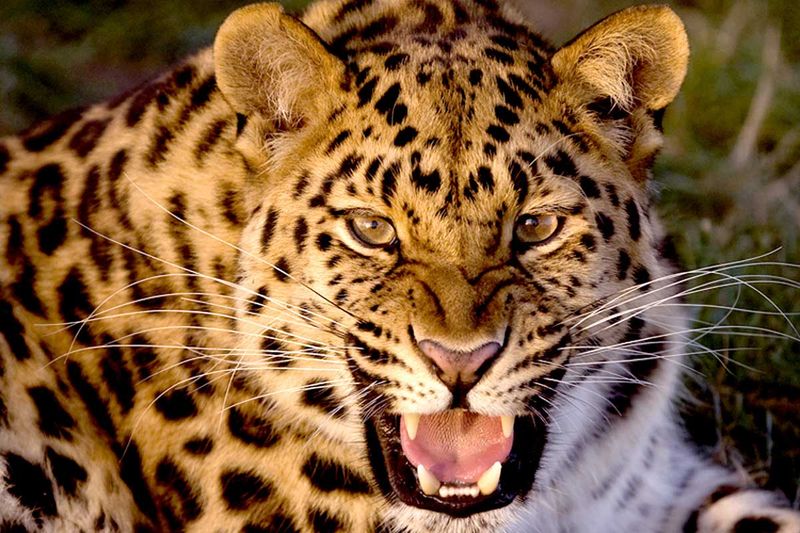
Though they are capable of roaring, Amur Leopards are often silent, preferring to communicate through grunts and growls. This quiet mode of communication suits their solitary lifestyle.
In the dense forests, silence is an ally, allowing these leopards to move stealthily and remain undetected. This silent roar is a testament to their adaptability, showcasing their unique approach to survival.
Their quiet strength is a poignant reminder of their elusive nature, a trait that has allowed them to endure in a rapidly changing world. It’s a symbol of their quiet power, a force that commands respect without a single sound.
14. Challenges Of Poaching
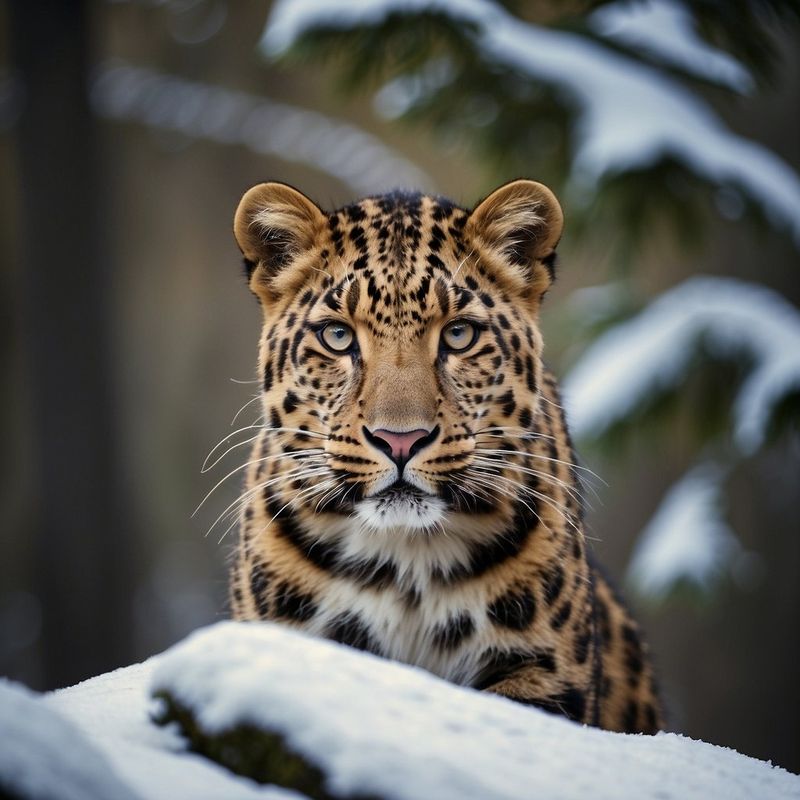
Poaching remains one of the greatest threats to the survival of the Amur Leopard. These magnificent creatures are hunted for their beautiful fur and body parts, which are highly valued in illegal markets.
This brutal practice has pushed them to the brink of extinction, with conservationists working tirelessly to combat it. Anti-poaching patrols and increased enforcement are critical in the fight to protect these leopards.
The battle against poaching is a race against time. It’s a call to action for everyone who values biodiversity and the preservation of our planet’s most extraordinary creatures. Together, we can ensure a future for the Amur Leopard.
15. Conservation Successes
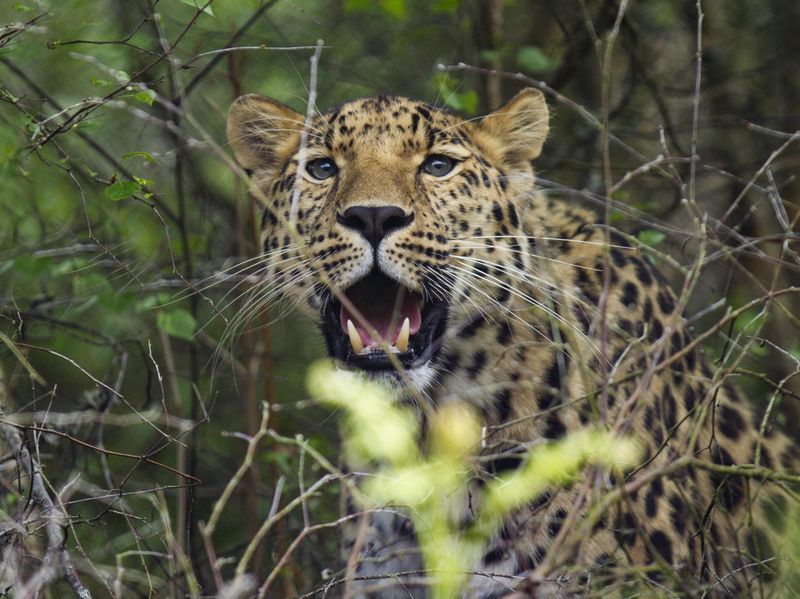
Despite the odds, there have been significant conservation successes for the Amur Leopard. Protected areas have been established, and populations are slowly recovering, thanks to dedicated conservationists.
Efforts such as habitat restoration and enhanced legal protection have created safe havens for these leopards. These successes showcase the power of collaboration and commitment to preserving the natural world.
However, the work is far from over. Continued support and awareness are needed to ensure the long-term survival of the Amur Leopard. These successes are a testament to what can be achieved when humanity unites to protect our planet’s treasures.
16. Future Hope
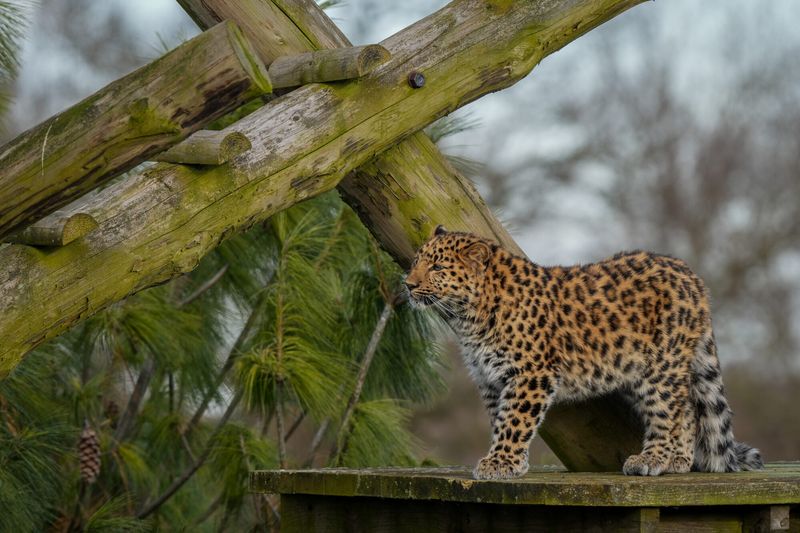
The future of the Amur Leopard hangs in a delicate balance, yet there is hope. Young cubs, born in the sanctuaries of protected areas, symbolize the potential for recovery and resurgence.
These cubs are the future, carrying the legacy of their species forward. Their survival is dependent on continued conservation efforts and global awareness.
Hope is a powerful force. It’s the driving force behind every conservation action, every protected area, and every cub that takes its first steps in the wild. Together, we can ensure that hope becomes reality, securing a future for the Amur Leopard in the wild.



